I hope you enjoy this post on herbal tea for hormone support! Herbs were a large part of why I was able to balance my hormones naturally and have the same hope for you! This is not medical advice, nor should it replace medical advice. This post contains affiliate links.
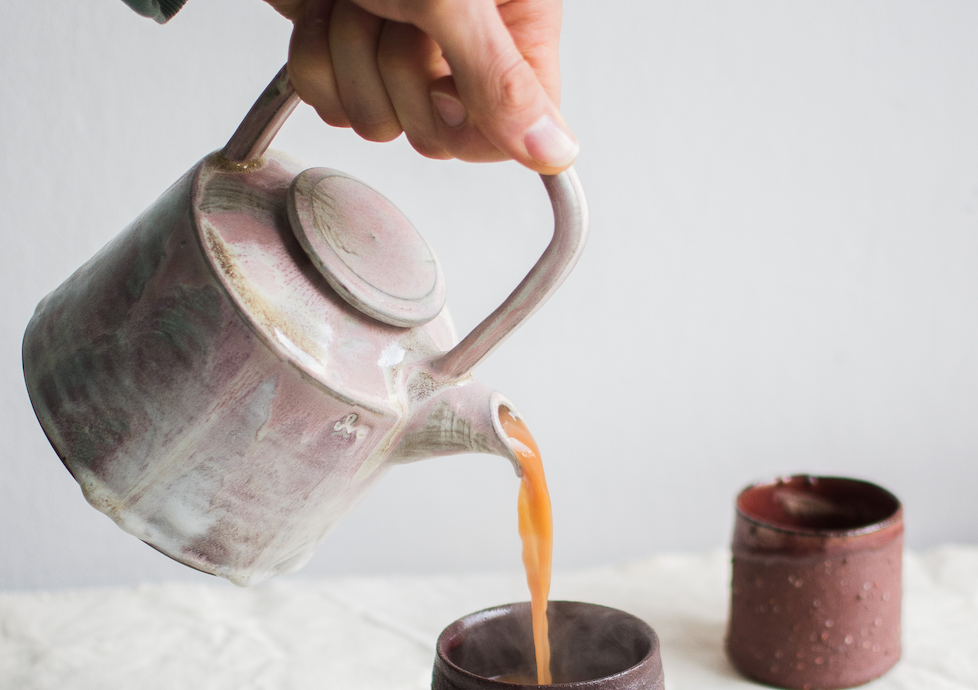
You may be thinking, “hormone balancing cycle tea, what is that?” It’s a good question, and something I would have asked at one point too.
Menstruation is a normal and natural part of every woman’s monthly life. Each female has slight differences with their menstrual experience – for example, the number of days menstruating can vary from one woman to another. However, there are general similarities as well – for example, premenstrual symptoms (PMS) generally begin 5-11 days before your period starts. Also, most women bleed in their period for around 2-7 days.
During this stage, you can expect irregularities and fluctuations in your menstrual phase. While these symptoms are common these days, that does not mean they are normal.
Luckily, most of the factors that affect our cycle are within our hands – exercise, nutrition, stress management, among others. In turn, hormonal balance (or imbalance) then impacts our monthly periods.
Common Symptoms of Hormonal Imbalance
- Excessive weight gain/weight loss
- Sensitivity to heat or cold
- Fatigue
- Thinning hair
- Dry skin
- Depression or anxiety
- Muscle weakness
- Pain in your joints
- Excess sweating
- Changes in urination
- Decreased libido
- Infertility
- Extreme thirst
What Can I Do to Balance My Hormones?
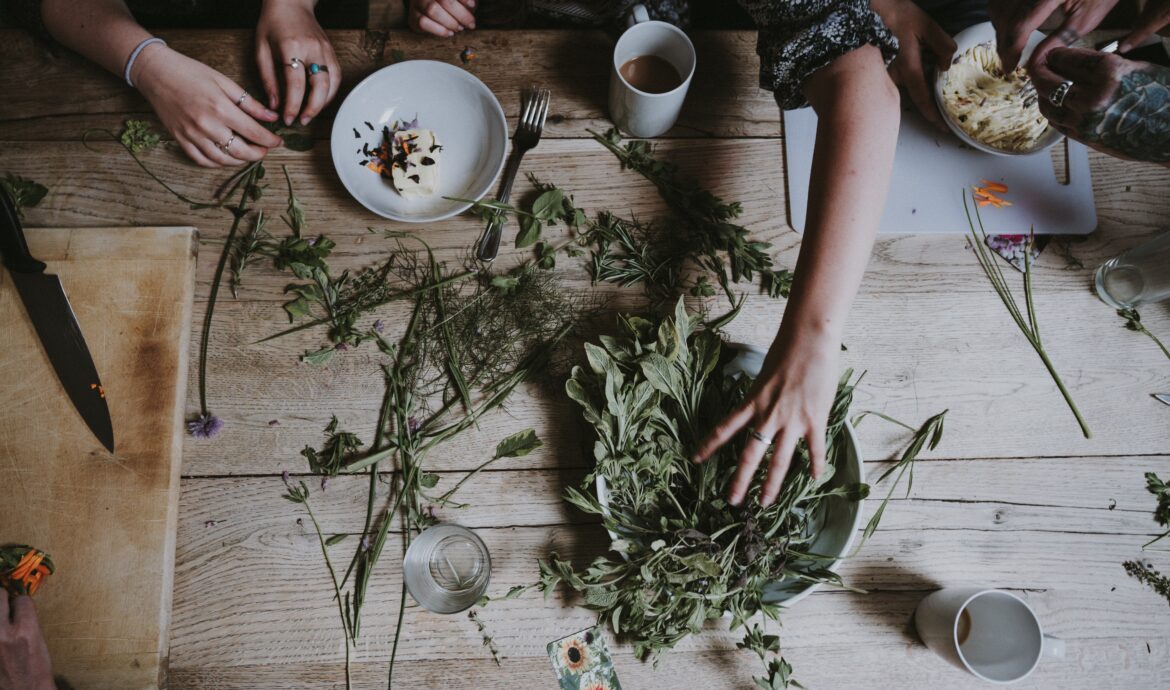
First, it is important to reach the root cause of your hormone imbalance and determine what is off. Whether you have excess estrogen, or low levels of progesterone, determining what is off first is key.
Aside from supporting your gut biome with proper nutrition, one of the things that you can do to regulate a healthy menstrual cycle is by adding herbs to your diet. Some herbs are shown to support your cycle as they affect your hormone balance and/or gut health. Since they positively influence these two, they can eventually positively influence our overall period.
Read more to find out about these herbs and what they can do to support your cycle. Without further ado, let’s get started!
8 Herbs That Support Hormonal Imbalance
While there are dozens of herbs to explore when it comes to hormone balance, today we will focus on eight that have become popularized in Western culture. It’s important when you are looking at different herbs that you are aware of the differences between each. For instance, some herbs can help balance out excess estrogen levels, while others may help something like premenstrual syndrome or menopause.
1) Licorice Root Balance Female Hormones
Do you know that licorice is more than just for candy? Licorice, especially licorice root, can actually be very helpful for your cycle. Here’s how.
Licorice helps in our cycle – and even fertility for this matter – by promoting hormonal balance within our system. They achieve this by binding to estrogen reception sites. Once that happens, they’ll block xenohormones from binding – and xenohormones are endocrine disruptors that cause hormonal imbalance and possibly even infertility.
Aside from that, licorice root is one of the well-known home remedies for cramps and it is also commonly used for symptoms of menopause including hot flashes.
This is the licorice root I use.
2) Raspberry Leaf to Balance Female Hormones
Raspberry leaf is mostly used for making tea. However, you can also take it in the form of a dietary supplement as well. This herb can be found pretty much anywhere – from local grocery stores to health stores.
Raspberry leaves are used for treating PMS symptoms, especially cramping, nausea, diarrhea, and vomiting. The reason behind its effectiveness lies in two compounds – fragarine and tannins.
Fragarine is an alkaloid that is said to tighten muscles in the pelvic region while tannins are a polyphenol that can strengthen the uterus. With these two at work, they can alleviate irregular bleeding during your cycle.
Aside from fragarine and tannins, raspberry leaves also contain calcium and magnesium, which can also prevent muscle spasms and PMS cramping.
This is the raspberry leaf I use.
3) Cramp bark to Balance Female Hormones
Cramp bark (Viburnum opulus) — also known as guelder rose, highbush cranberry, and snowball tree — is a tall, flowering shrub with red berries and clusters of white flowers.
Cramp bark may be utilized as a relief for cramping, especially cramping. In fact, that’s how it got its name. According to some research, cramp bark fruit extracts can help relax muscles and blood vessels, which in turn can alleviate pain and reduce blood pressure. Also, some use cramp bark to aid in PMS symptoms
Cramp bark is also high in two antioxidants, carotenoids, and flavonoids. As antioxidants, they can prevent or reverse cellular damage and fight off inflammation by fighting off free radicals, a major factor in the development of inflammation.
This is the cramp bark I use. I also use this tincture sometimes when my cramps are severe.
4) Peppermint Seeds to Balance Female Hormones
Peppermint is an aromatic plant, created from the blending of watermint and spearmint. For women’s health, peppermint may lower testosterone levels.
While testosterone is beneficial for women’s health – your body utilizes it for growth, maintenance, and repair for your reproductive system and bone mass – just like other hormones, imbalance of testosterone level in your body (in this case, too much of it) can cause unwanted side effects.
Too much testosterone in a woman’s body can cause both physical and psychological side effects such as the following.
- Balding
- Acne
- Excess hair growth, especially facial hair
- Decreased breast size
- Deepened voice
- Enlarged clitoris
- Mood changes
- Irregular cycle
- Low libido
In worse cases, too much testosterone can cause obesity and even infertility. Therefore, every woman should strive to keep a healthy balance of testosterone in their system (and hormonal balance in general).
I get my peppermint leaves here, it is a great addition to many teas.
5) Chamomile Flowers for Hormone Balance
Chamomile is a natural herb that is used as a tea for various health purposes. In fact, it was actually been used for a long time as a traditional natural remedy. While chamomile is known for several health benefits – such as slowing down or preventing osteoporosis, reducing inflammation, aid in sleeping, etc. – researchers are eyeing its potential for managing major diseases such as diabetes and cancer.
Regarding menstruation, chamomile tea may reduce the intensity of menstrual cramps. The main reason behind this lies in its chemical called glycine – which is a popular chemical for relaxing nerves and lowering muscle spasms.
Chamomile tea can also help in anxiety as many women reported that they feel less distressed and anxious while in their period. The soothing effect that chamomile tea can give is also the reason why it can help us get a goodnight’s sleep.
I get my chamomile flowers here.
6) Fennel Seed In Hormone Balancing Tea
Fennel is a good-smelling herb that is native to the Mediterranean, although it can be now found in different parts of the world. Fennel may be beneficial for women’s health, from menstruation to reducing pain at the beginning of a menstrual period.
Fennel is also good for certain digestive and gut issues. For instance, fennel seeds can help with indigestion, constipation, and bloating. This is because they contain essential oils such as estragole, anethole, and fenchone – these oils contain antispasmodic and anti-inflammatory properties. These oils can also help in breaking down food in your body, which aids your digestive system is working smoothly and efficiently.
Lastly, fennel seeds contain good amounts of antioxidants, which are helpful for weight loss because they aid in breaking down carbs and fats in your body. In turn, this will avoid you gain another extra pound. Fennel seeds’ antioxidants can also help you better absorb the vitamins and minerals it gets.
7) Black Cohosh to Balance Female Hormones and Hot Flashes
Black cohosh is a natural herb with similar properties to Dong Quai, another herb that can help balance hormones. This herb is often utilized by people struggling with symptoms of menopause (like hot flashes, excess estrogen, etc.), PMS cramps, and those who are susceptible to weak bones.
8) Red Clover to Balance Female Hormones
Native to Africa, Western Asia, and Europe, cultures have utilized the powers of red clover before modern medicine evolved to what it is today. Red clover is an herb with many different benefits ranging from supporting infertility to helping with eczema to even improving cardiovascular health. This herb is quite powerful and works well in teas. Make sure that if you are on medication or going through treatment you contact your medical care provider first before adding supplements.
What Supplements Help Balance Hormones?

There are many other supplements like vitex or Dong Quai that help balance hormones. If you are interested in a post on this or more information, shoot me an email and I’ll work on it. Supplements are great – when used properly!
I hope this post was helpful and helped you recognize the benefits of drinking herbal teas for hormone support. Hormones are complicated, and learning different natural methods in balancing them can be quite helpful. I’ve found it provides you with a long-term fix, instead of a short-term fix. Teas can be a great way in supporting your health with a simple drink.
Next week I will be addressing the alternatives to hormonal birth control, the Fertility Awareness method in particular.
Feel free to shoot me an email or a message on Instagram if you have any questions. Also, I recently joined TikTok and I’m obsessed with making videos. So if you’re on the platform, feel free to check it out.
xx Linds
P.S. If you’re interested in learning more about hormone health and nutrition, check out a few of my other articles on hormone health here:
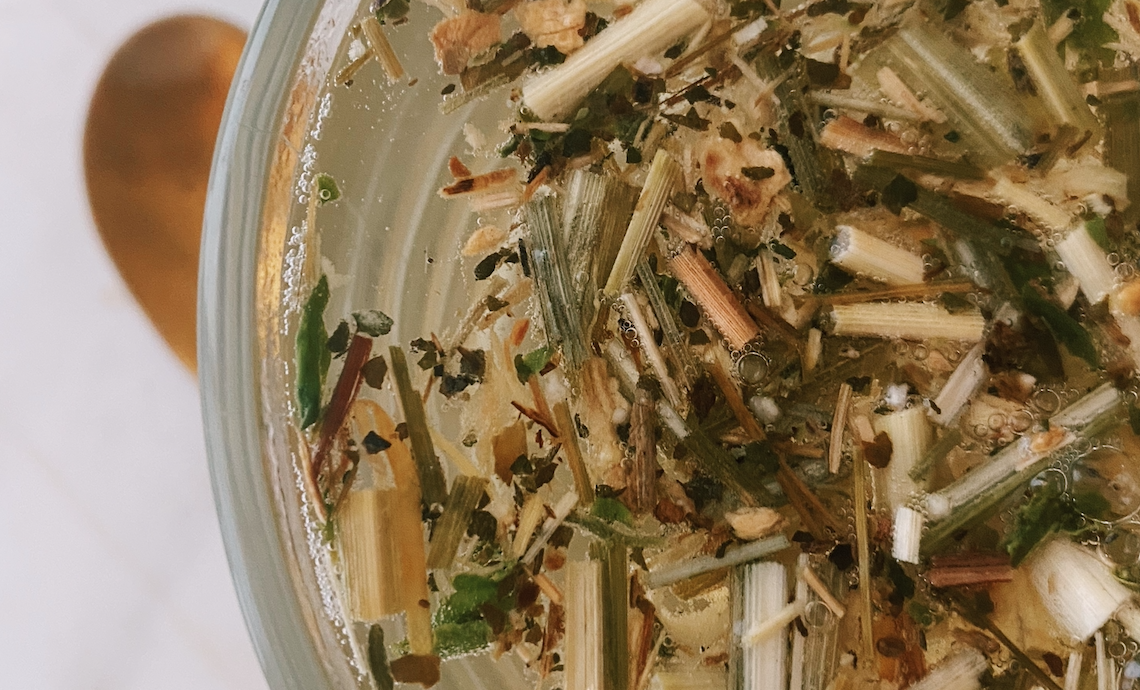
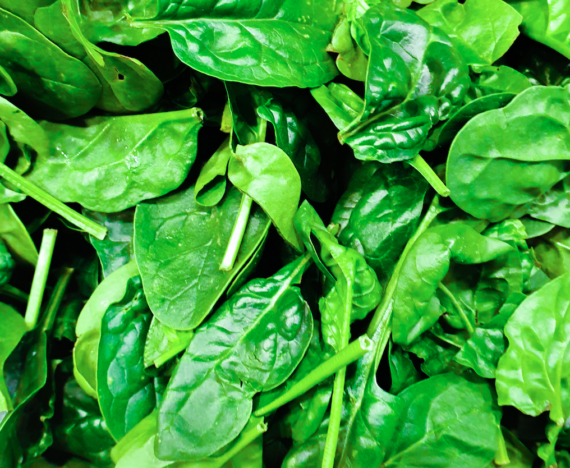
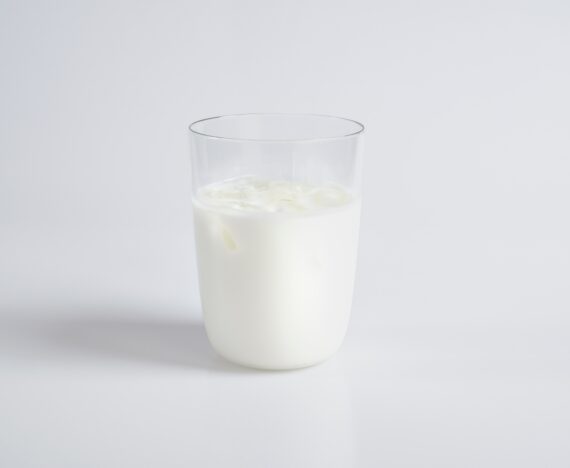
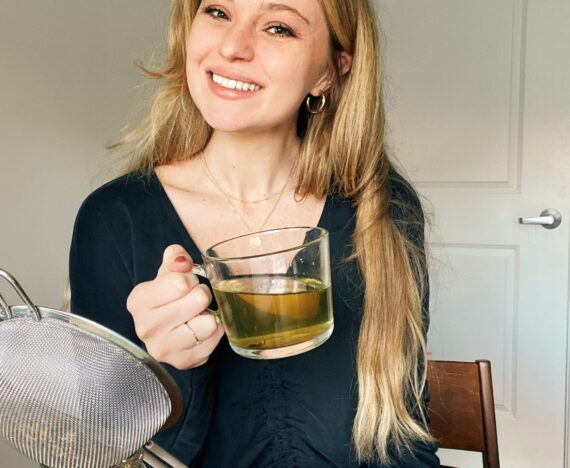
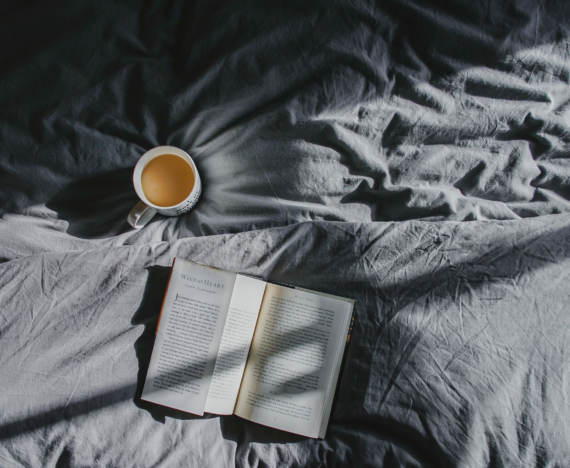

Carrie
I hadn’t heard of cramp bark, but now I have to give it a try! It sounds like it’s a much better alternative to the ibuprofen I’ve been using, and I like that it’s also full of antioxidants.
lindsayfuce
Yes! Definitely recommend. I suggest having a cup a day during the PMS phase and menstruation. 🙂
Jacq
This post is so useful and interesting! I also have never heard of cramp bark but think we have guelder roses around our neighbourhood hedgerows. I love foraging so will definitely be on the lookout now. Thanks x
lindsayfuce
Thanks, Jacq! It’s natural to England and Scotland but can be found around the US too. 🙂
Denise Macuk
Love it! I actually had to stop and make myself a cup of tea while reading this!
lindsayfuce
Love it! Drinking one at the moment as well 🙂
Soheila Hakimi
wow! so many of these teas I haven’t even heard let alone their benefits. next time i’m at my local health food stores i’m going to take a look to see if they have some of these.
Biana
Thank you for sharing this — so much useful info!
Brianna
I love herbal tea but I had no idea of all the health benefits for these particular herbs
Michelle
I recently switched to herbal tea as my morning caffeine infusion, but I was unaware of these additional health bennies!
Kayla Taylor
Love this. Can i just add all the herds together to make one big tea?? Just curious.
lindsayfuce
yep! that’s what I typically do 🙂